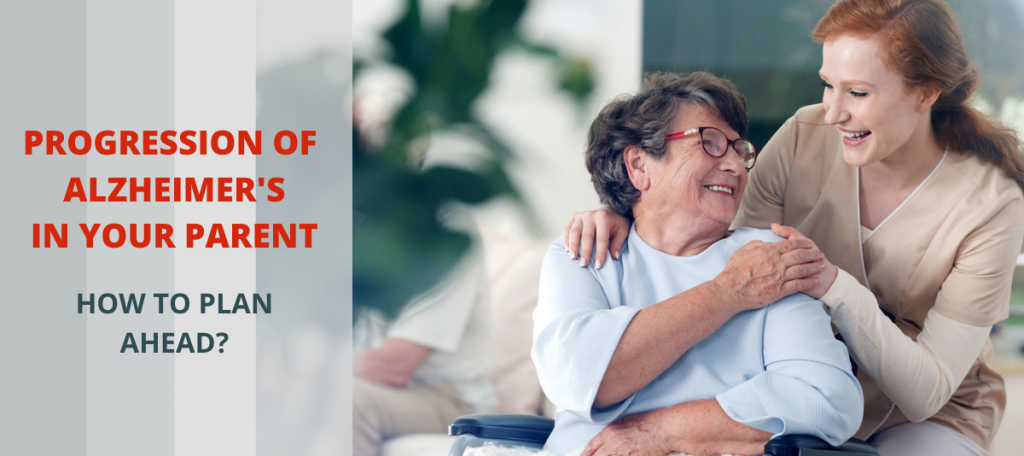[vc_row full_width=”stretch_row” gap=”5″ equal_height=”yes”][vc_column width=”2/3″][vc_custom_heading source=”post_title” use_theme_fonts=”yes”][vc_single_image image=”647″ img_size=”full” style=”vc_box_shadow_border” css=”.vc_custom_1618559014671{margin-bottom: 5px !important;}”][vc_column_text]
If you live in the Dallas, TX – Fort Worth, TX area and searching for helpful information for an elderly/senior person that has recently fallen in their home, then this guide on assessing future risk of falls and determining helpful accommodations to reduce fall risk should be helpful. This is designed to be a practical guide for families that is derived from 34+ years experience as a provider of 24/7 in home care and home health care to elderly and seniors. Most recently as the director of Care Mountain 24/7 in home care in the Dallas TX – Fort Worth TX area.
[/vc_column_text][vc_custom_heading text=”Some of the most common factors that increase the risk for falls are” font_container=”tag:h4|text_align:left|color:%23c41230″ use_theme_fonts=”yes”][vc_column_text]
- A recent history of falls.
- Not being able to explain the recent fall(s) in a way that it/they can be managed. This could involve and unexplained medical condition that could contribute to future falls.
- Cognitive deficit or disorder (i.e.; dementia). This will limit a person’s ability to use adaptive equipment needed to minimize risk of future falls.
- Shuffling while walking. Fall risk goes up significantly when feet are not picked up while walking.
- A condition requiring frequent trips to the bathroom. The sense of bathroom urgency often causes an elderly person to move quicker than is safe and often times after just waking up when their judgement may not be at 100%.
- Physical and mental inactivity. The lack of this activity can make it increasingly difficult for our body to successfully complete activities of daily living without assistance.
- Poor nutrition.
- Poor management of required medication(s).
- Home layout and lighting. Floor rugs, stairs, inconvenient access to and within kitchen and bathrooms and poor lighting are all common fall risk factors within the home.
- Need to perform a task outside. A frail person will encounter higher risk walking outdoor where steps are more likely and environment conditions will have an outsized risk impact.
[/vc_column_text][vc_custom_heading text=”Practical in home accommodations to reduce the risk of falling” font_container=”tag:h4|text_align:left|color:%23c41230″ use_theme_fonts=”yes”][vc_column_text]
- Hire a local Dallas TX – Fort Worth TX area caregiver from a reputable licensed in-home care agency and/or home health care agency such as Care Mountain. This caregiver can assist the elderly/senior with staying more active, getting good nutrition, managing medications and help with riskier household chores such as those needed outside.
- Get a medical diagnosis to explain any health condition that may be contributing to the falls.
- Look for ways to minimize the time and effort required for any kitchen and bathroom related tasks. This can include a seat riser with grab bars over the toilet, bedside commode chair, beds and chairs that are easier to get out of (i.e.; mechanical lift chair or lift bars by bed and chairs) and making essential daily kitchen items more accessible.
- Pay special attention to places in the home that are walking start and destination points. Falls are most likely in these places, because that is where the most amount of foot/leg maneuvering happens (i.e.; bed, bathroom, kitchen, favorite seating chair). Eliminate throw rugs, remove unnecessary clutter, remove sharp edged furniture and add safe balancing and holding grip places where possible in these spots.
- Set up a medical alert system and, if appropriate, monitoring cameras. While these may seem like after the fall devices, I find many elderly are more apt to increase their physical activity with these assurances in place.
- Chart falls and the occurrence of health conditions that can contribute to risk of falling. Charting is one of the best ways to identify trends that will allow you to take proactive accommodating action.
- Learn the safe ways to fall. Yes, there is plenty of literature out there that will teach an elderly person the safest way to fall. It works, because I have had number of elderly people swear by its success in minimizing harm they occurred when they did fall.
- Ambulatory aides. There are many types of medical equipment that an elderly person can use while walking that help minimize their risk of falling (i.e.; walkers).
[/vc_column_text][vc_column_text]
Some local Dallas TX – Fort Worth TX area places where you can find home health care related equipment include Majors Medical Service, Able Durable Medical Equipment, Aids For Recovery Medical Equipment & Supplies, BEK Home Medical Equipment, CVI Medical, Allcare Medical Supply, Arlington Medical Supply, MetroCare Home Medical Equipment and Landmark Healthcare.
Some businesses offering medical alert devices as mentioned include Medical Alert Buyers Guide, Bay Alarm Medical, Medical Alert, Life Alert, Philips Lifeline, Medical Care Alert, Senior Safety Medical Alert Systems and Medical Alert Advice.
[/vc_column_text][/vc_column][vc_column width=”1/3″][vc_widget_sidebar sidebar_id=”blog-cat-blog”][/vc_column][/vc_row]
2020-12-18 07:05:03

Gagan Bhalla is the Executive Director of Care Mountain Home Health Care. For over 19 years, Care Mountain has offered dedicated expertise in senior in-home care in the Dallas Fort Worth area. Managing seven locations across Texas, Gagan has committed his life to enhancing the well-being of seniors and their families needing home health care. Through insightful articles and blogs, he shares his wealth of knowledge, empowering families to make informed decisions about home care. Trust Gagan’s experience to guide you on the path to compassionate and professional senior care.

